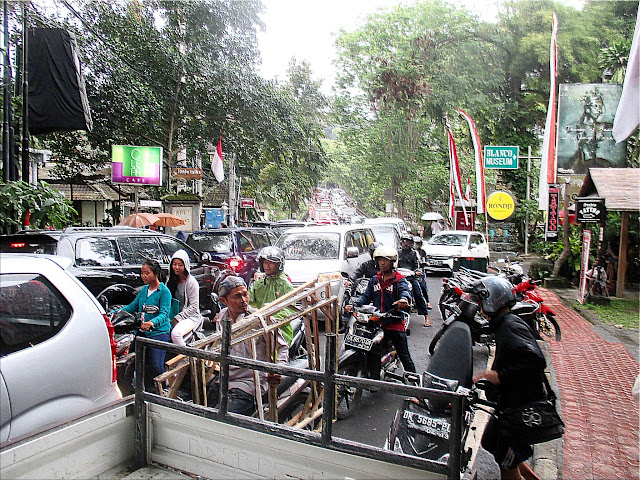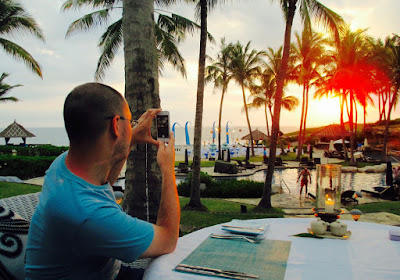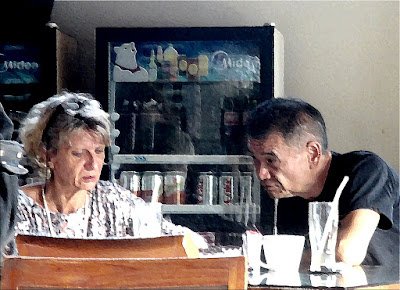The view from the Dark Side
(He said, she said), WHO WON?
It’s sort of a moot point in a way. Watching the
Donald and Hillary
in the first presidential “debate”
(he just wants to do business, any business;
she
wants to take everybody who doesn’t agree with her
out) was like watching a
dysfunctional couple fighting
over their dysfunctional marriage--a pretty apt
metaphor for this whole campaign circus.
Looks like the American people are likely to be
the losers.
 |
| The Dysfunctionals |










































